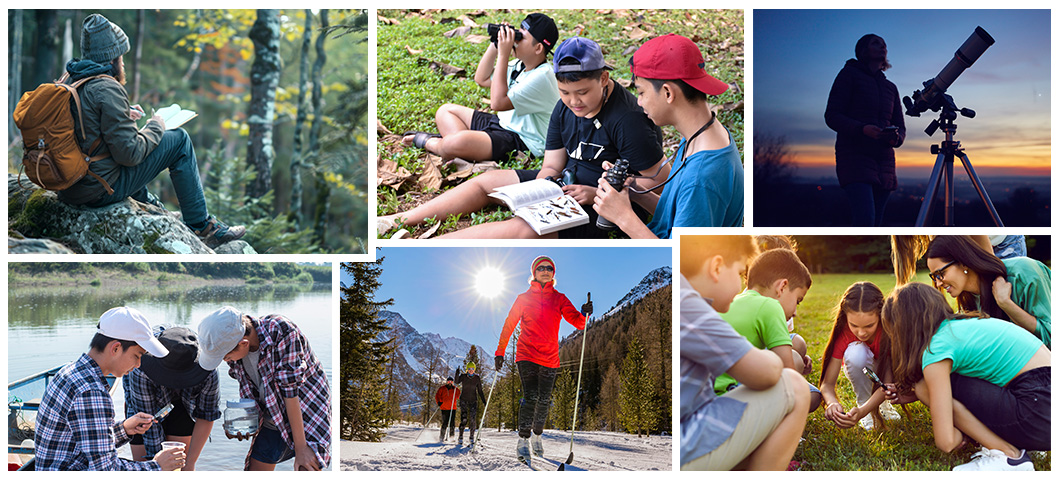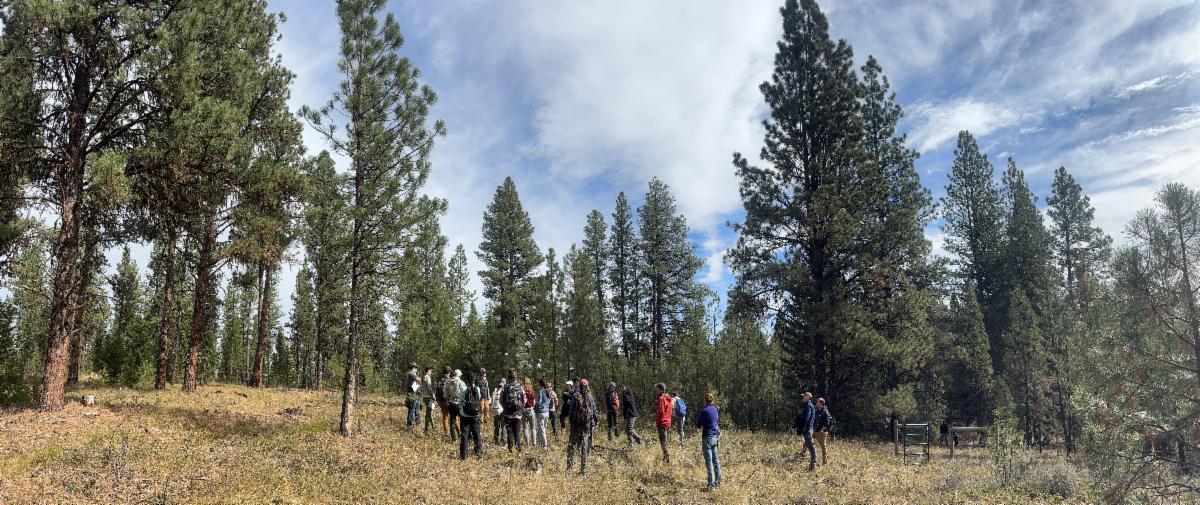Montana Citizen Science Network
Hosted at the Montana State University Science Math Resource Center with support from Montana NSF EPSCoR and NASA AEROKATS and ROVER Education Network
Citizen science empowers everyday people to contribute valuable data to scientific research. By sharing observations on bird populations, snowfall patterns, water quality, gut bacteria, tree health, and more, citizen scientists help expand our collective knowledge. These projects are fantastic opportunities for individuals, students, families, and entire communities to get involved, welcoming people of all ages and abilities to participate in meaningful scientific discovery.
Join the Montana Citizen Science NetworkSign up for our quarterly e-newsletter to learn about citizen science projects from MSU, around Montana or across the nation, to learn about events and opportunities. You can also email us at smrc@montana.edu Read our most recent newsletter:Summer 2025: Salmonflies, bats, pollinators, ambassadors and more. Archived newsletters:
|
Events from Spring 2025
May 10, 2025 - Plants and Pollinators Palooza
Celebrate the 75th anniversary of the National Science Foundation with this special citizen science event in Bozeman.
April 17: Citizen Science: Getting Started or Leveling Up
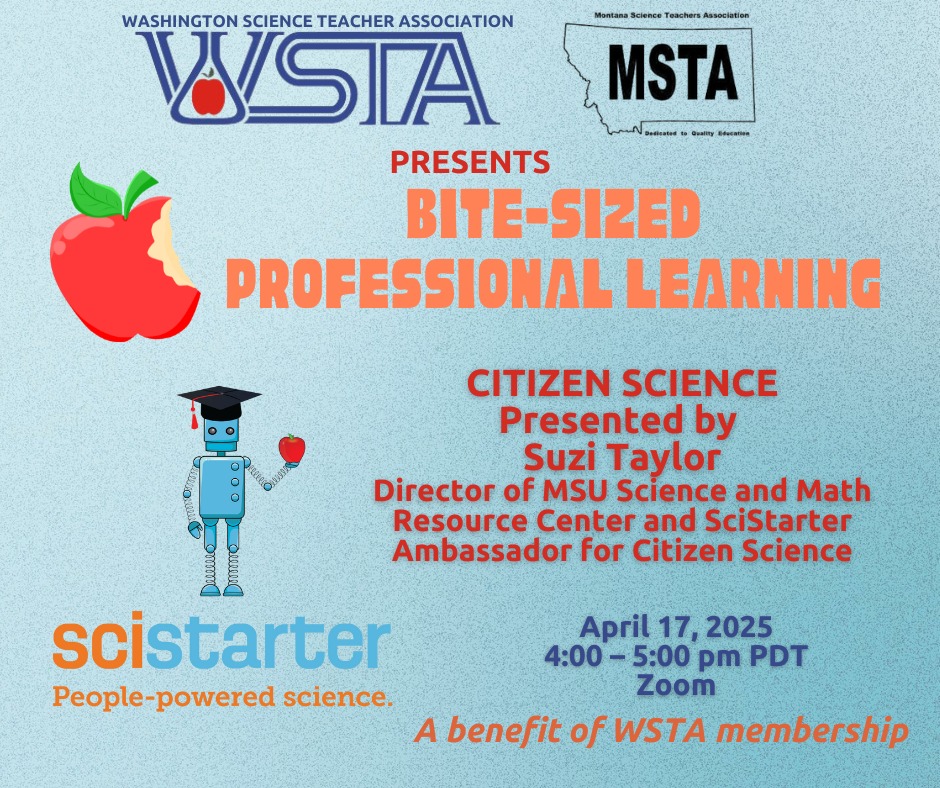 This presentation is free for members of the Montana Science Teachers Association
or Washington Science Teachers Association and is presented by Suzi Taylor of SMRC
as part of WSTA's Bite-Sized Professional Learning Series. To receive a zoom link
for the presentation, MSTA members should contact Don Pruett with WSTA at puyalluppruett@gmail.com.
This presentation is free for members of the Montana Science Teachers Association
or Washington Science Teachers Association and is presented by Suzi Taylor of SMRC
as part of WSTA's Bite-Sized Professional Learning Series. To receive a zoom link
for the presentation, MSTA members should contact Don Pruett with WSTA at puyalluppruett@gmail.com.
Learn how you and your students can get started as a Citizen Scientist. In the K-12 classroom, citizen science (also know as community science or participatory science) can complement the curriculum; help students build connections with role models and explore new careers; and inspire scientific exploration as students tie their interests and hobbies to research projects that make a difference in the world.
No matter your grade level or subject, you will leave this presentation with new ideas for incorporating citizen science into your science classroom or extracurriculars.
New to citizen science? Watch our intro video
Citizen Science Across the Curriculum: An Introduction from the MSU Science Math Resource Center
- SciStarter.org is an online platform that connects people with citizen science projects, enabling public participation in scientific research across various fields while offering tools, resources, and partnerships to foster engagement and education.
- iNaturalist is a social platform and citizen science tool that allows users to document, identify, and share observations of biodiversity worldwide, combining automated species identification with community expertise to connect people with nature and contribute to global research.
- The GLOBE Observer is a citizen science initiative and mobile app, part of the GLOBE Program, that enables individuals worldwide to contribute environmental observations—such as clouds, mosquito habitats, land cover, and tree height—which support NASA satellite research and global scientific studies on climate and ecosystems.
- The Snow Knowledge Collective (SKnowledge Collective) is a school-based citizen science initiative focused on engaging learners in outdoor activities to collect meteorological data about snow, understand its variability, and assess its impact on water resources and climate change in their communities, ultimately contributing to broader climate and hydrological research.
See also MSU Library's list of Worldwide Citizen Science Projects
Citizen Science Kits available for checkout at MSU Library
The Science Math Resource Center and MSU Library, with support from Montana NSF EPSCoR and NASA AREN, are excited to promote citizen science in Montana through the MSU Citizen Science Lending Library. With the tools provided in these kits, anyone—from kids and families to classrooms and entire communities—can become a citizen scientist by observing, collecting data, and documenting changes in nature.
Want to check out a kit? Visit the MSU Library on campus – these kits are available to anyone in Montana, even if you are not affiliated with MSU.
Visit the MSU Citizen Science Lending Library webpage for more information about the kits and how to check one out. Read the MSU News article about our Lending Library:
Recent News
Bozeman Field School students present at Rocky Mountain Community Science conference
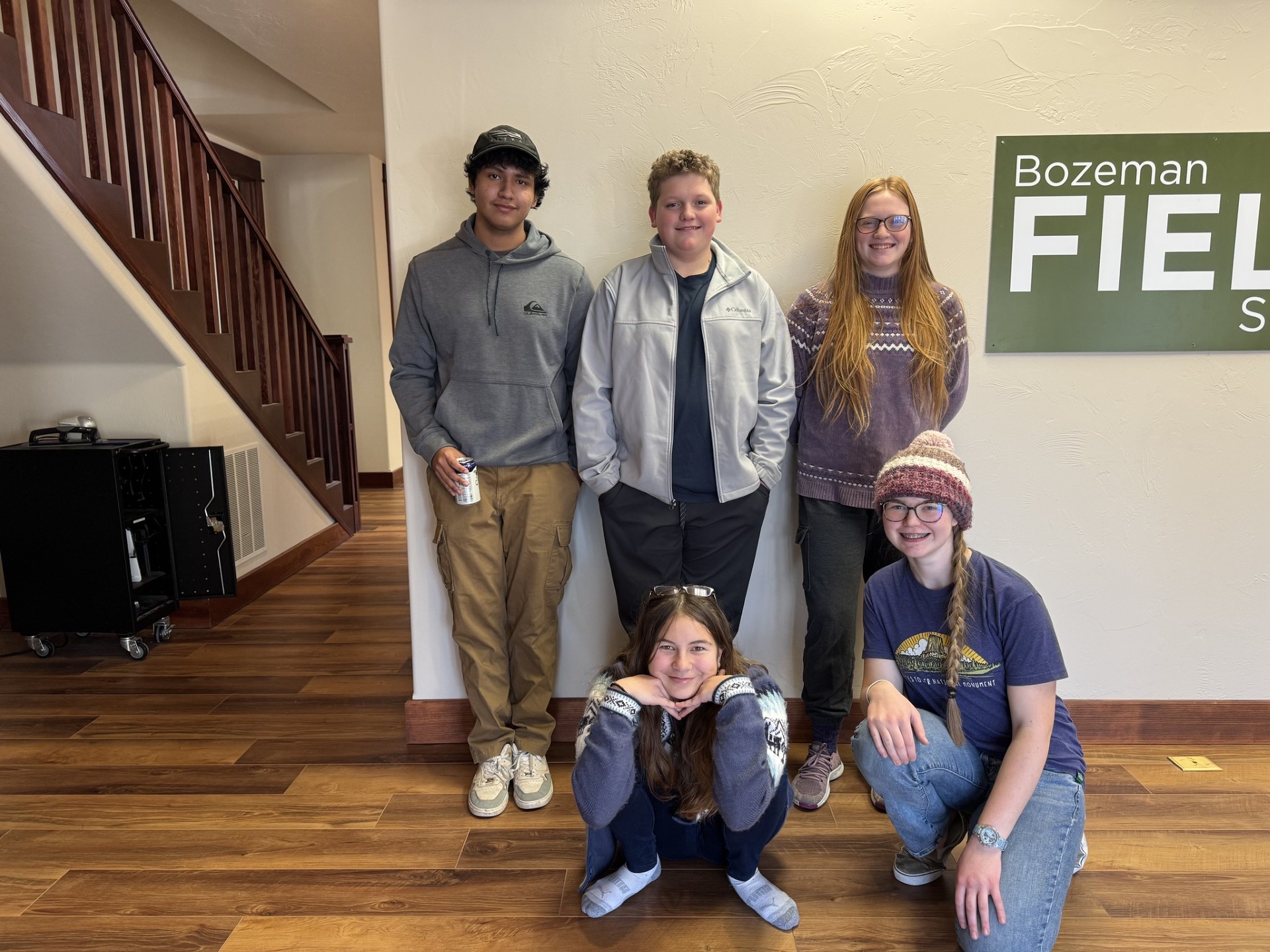
Bozeman Field School students Marin Hunt, Leo Valdivia, Aislyn Cooper, Drew Cooper, Olivia Dolan.
We were so excited to see Bozeman Field School teacher Zoe Pritchard and students Marin Hunt, Leo Valdivia, Aislyn Cooper, Drew Cooper, Olivia Dolan present "Fueling High School Curriculum Through Community Science" at the Rocky Mountain Community Science Conference on December 5, 2024. These students also visited the University of Montana’s Lubrecht Experimental Forest to workshop the use of an existing citizen science platform (GLOBE Observer) and gather customized data to assess fire fuels.
It was inspiring to see these students thinking critically about experimental design and how to use citizen science tools in the classroom — great job, Zoe, Marin, Leo, Aislyn, Drew, and Olivia!
Montana NSF-funded team investigates citizen science opportunities during Lubrecht Experimental Forest visit
On a beautiful fall day in September, a team of researchers, students and outreach professionals from several Montana colleges and universities gathered at the University of Montana’s Lubrecht Experimental Forest near Greenough, Mont. to view prescribed fire experimental plots while also considering how citizens and communities can contribute to statewide research.
The team– called “SMART FIRES” – is funded by the National Science Foundation’s EPSCoR program to help improve understanding of prescribed fire dynamics and the impact of prescribed fire on Montana’s communities and public lands. Outcomes of the research will enable managers of prescribed fires to develop and refine strategies for deploying prescribed fires effectively to mitigate wildfire risk, a benefit that will extend to local and federal agencies tasked with land management and wildfire mitigation across the West.
In order to broaden the impact of the research to all Montanans, the project’s Education and Outreach team is developing a citizen science network and, ultimately, a statewide project that will involve Montanans in collecting data and observations pertinent to the research questions.
At the annual “All Hands meeting” on Sept. 17, the team visited several land plots at Lubrecht that had received various control and experimental prescribed burn treatments. There, the outreach team tested several different air quality monitoring and environmental measurement devices while also testing a new geofenced data request through GLOBE Observer, a citizen science app supported by NASA. Through GLOBE Observer, team members collected observations of land cover and tree height as well as clouds, an environmental monitoring protocol that also prompts users to observe sky color and visibility, which could be indications of air quality and smoke.
The SMART FIRES project has just entered Year 2 of its five-year cycle and will continue developing strategies for involving citizens and communities in the impacts of the research. For more information, visit http://mtnsfepscor.org or email Suzi Taylor: taylor@montana.edu.
Free PurpleAirs in Schools kits for teachers
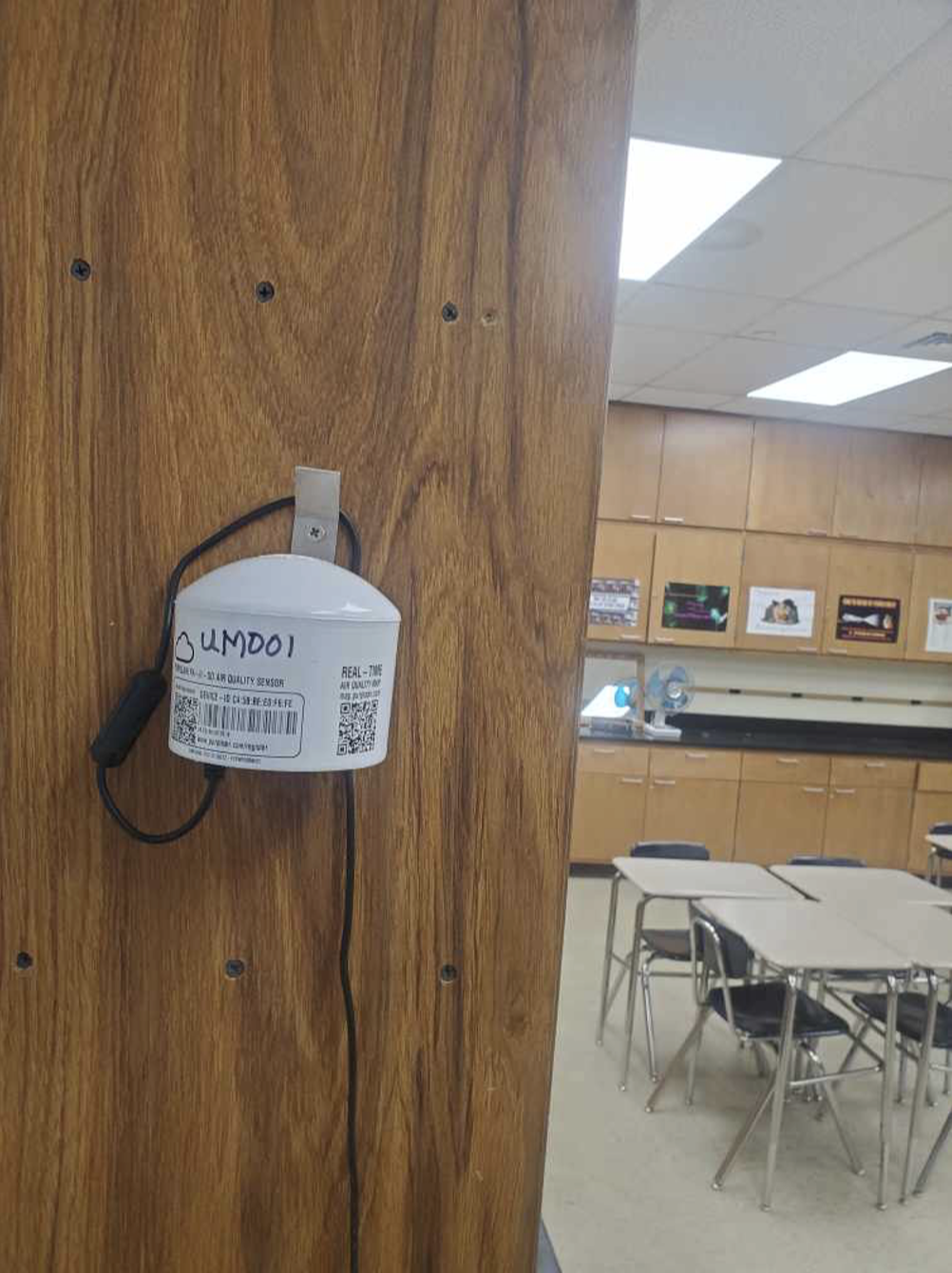
The Montana Department of Environmental Quality (MT DEQ) and the University of Montana Center for Population Health Research (UM CPHR) have partnered to arm high schools with free PM2.5 air quality sensors, one indoor and one outdoor so schools can improve decision making regarding the health and safety of students, student athletes, and staff.
The data resulting from the indoor sensor will be kept private while the outdoor sensor data will be public and eventually displayed on MT DEQ’s Today’s Air website. Additionally, this initiative focuses on filling the air quality data gaps in rural and underserved Montana communities to improve access to local air quality data and facilitate better public health messaging. There are no reporting requirements or enforcement attached to this opportunity. The PurpleAirs in Schools Project wants to provide communities with the technology to help minimize Montanan’s exposure to harmful particulate matter pollution. Please contact Keri Nauman at MT DEQ (keri.nauman@mt.gov) or Dave Jones at UM CPHR (david.jones@mso.umt.edu) for more information.
New citizen science equipment at the MSU Library
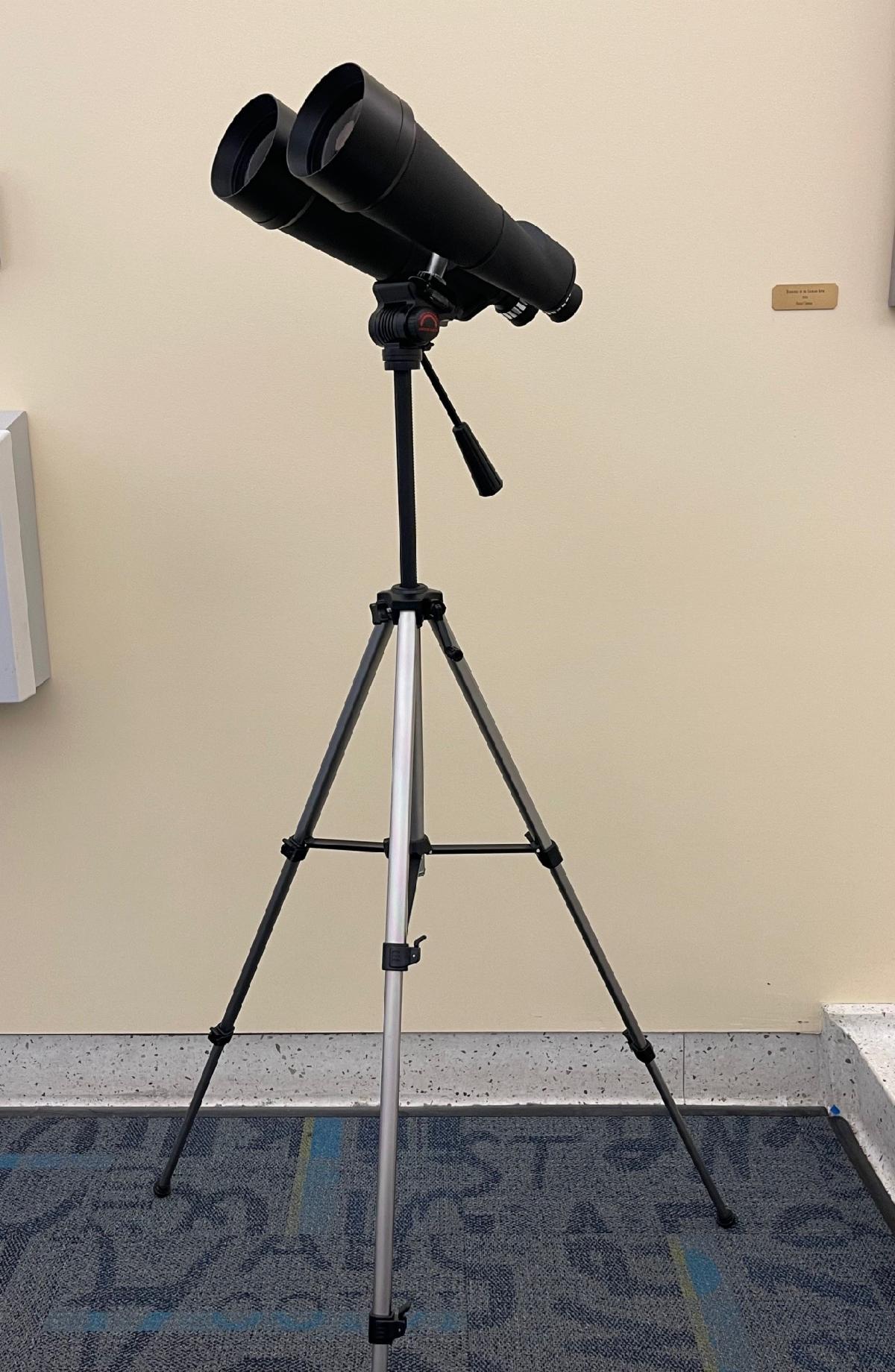
The MSU Library has partnered with Montana NSF EPSCoR to obtain Celestial (Astronomy) Binoculars as part of its citizen science equipment library. These types of binoculars are great for astronomy beginners and those looking for portable equipment. (For serious star gazers and those wanting to view galaxies, these aren’t for you!) The dual lenses also offer relief for individuals who wear glasses. The binoculars are available at the Library Service Desk, come with a tripod, are available on a first come first serve basis, and check out for one week. Anyone in Montana may check out items from the MSU Library; you don't have to be an MSU student or staff member.
To learn more, here are two good articles on the topic:
To find citizen science projects related to astronomy, visit SciStarter.org and search “astronomy.”
Citizen science @ Montana STEM Summer Insitute
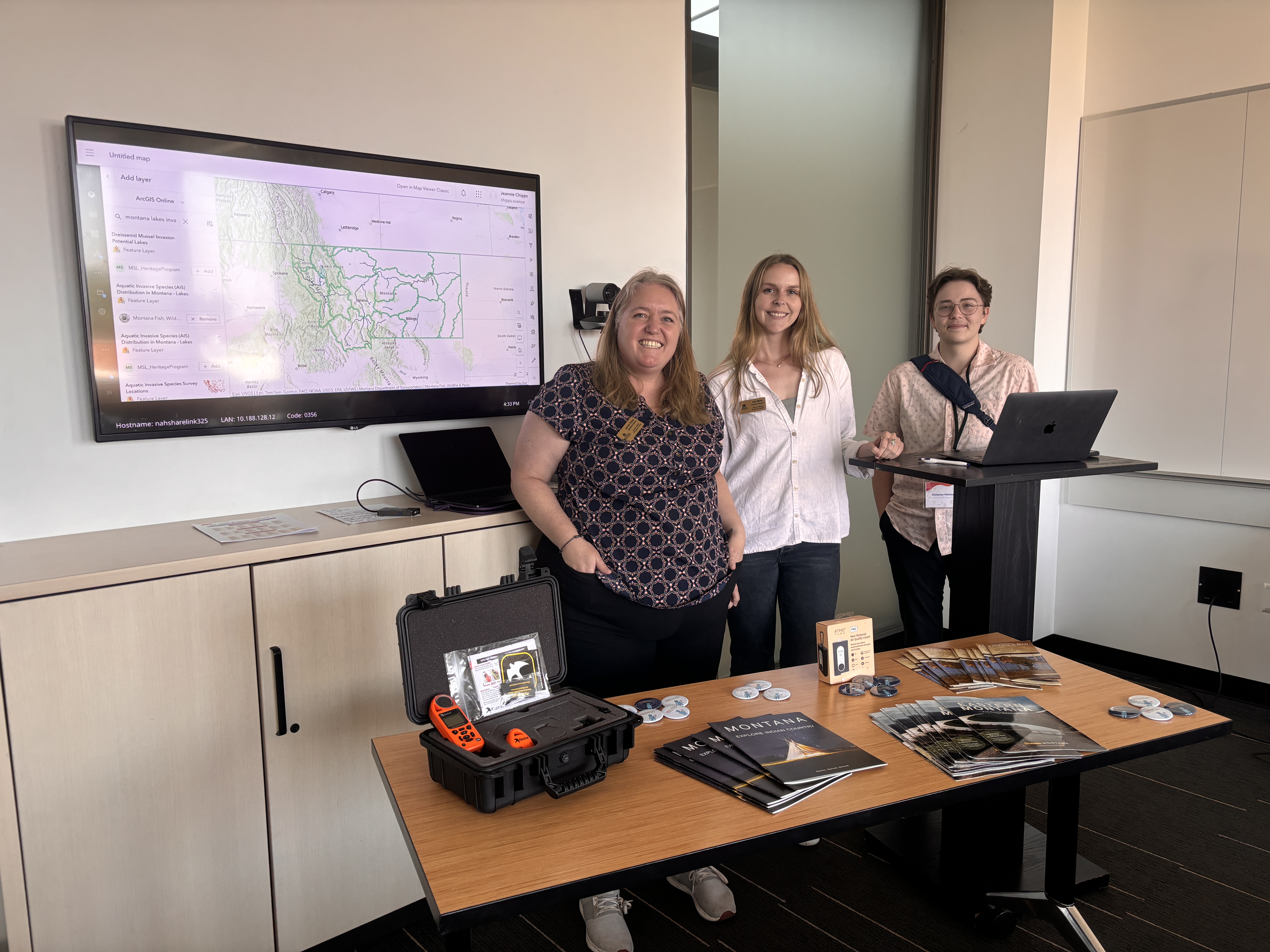
SMRC staff, Dr. Jeannie Chipps, Julia Wente (former), and Lane Holman presented at the STEM Summer Institute (SSI) Conference at Montana State University in August 2024. They led a workshop following this summer's SMRC's Geospatial Skill Camps for Rural Montana Youth and gave examples on how we can integrate citizen science into classroom field trips and map collected data using tools like ArcGIS and NatGeo MapMaker.
Be sure to keep an eye out for updates about next summer's Geospatial Skill Camps too. Great job, Jeannie, Julia, and Lane!
News Archive
Questions? Would you like to be involved in future citizen science efforts?
Contact Suzi Taylor with Science Math Resource Center at taylor@montana.edu.

